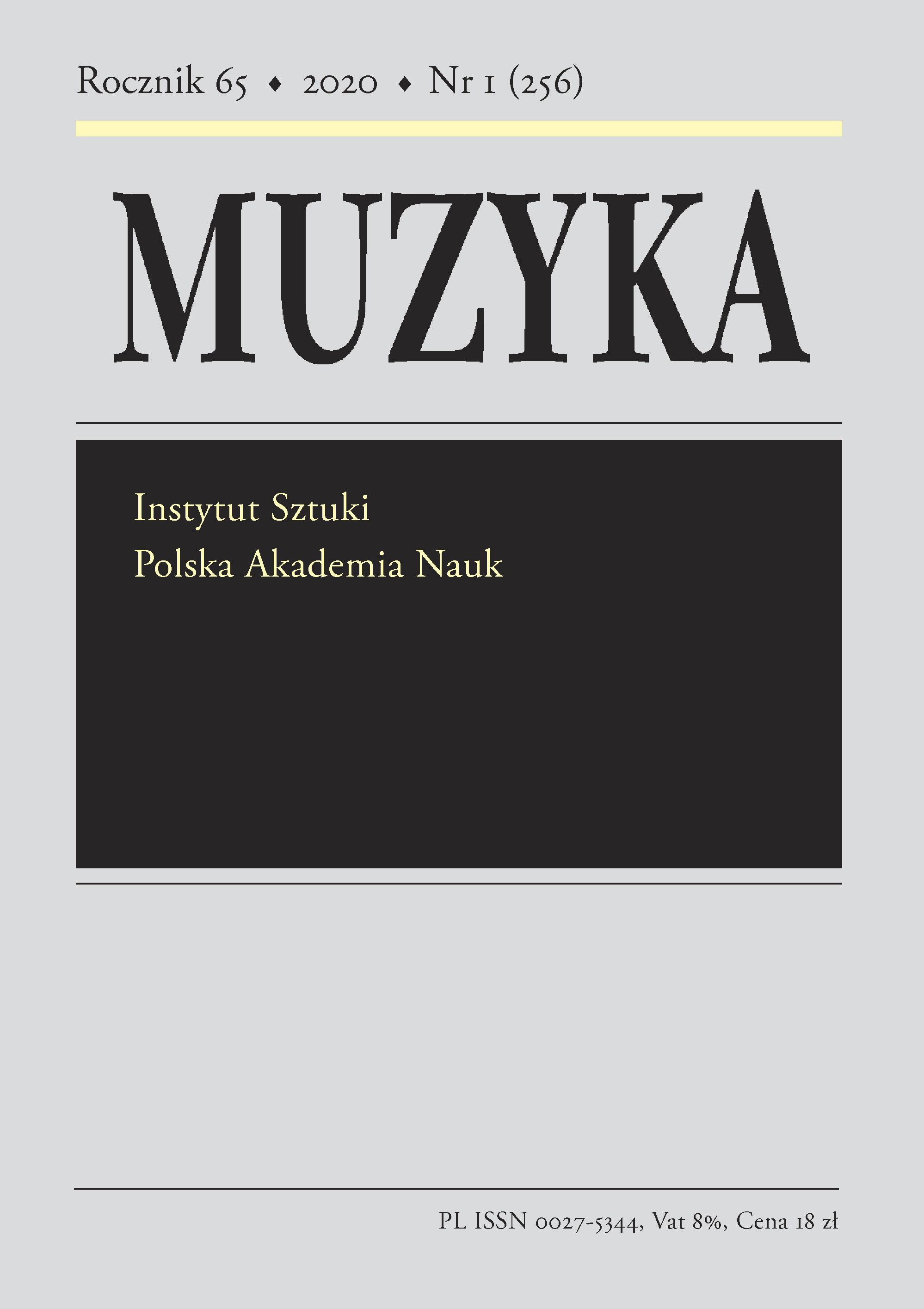The eighteenth century fife from the shipwreck of General Carleton of Whitby
The eighteenth century fife from the shipwreck of General Carleton of Whitby
Author(s): Aleksandra LitwinienkoSubject(s): Music
Published by: Instytut Sztuki Polskiej Akademii Nauk
Keywords: fife; Schuchart; General Carleton of Whitby; underwater archaeology; music archaeology
Summary/Abstract: In the course of the fatal voyage, General Carleton was transporting a cargo of tar and iron. This cargo facilitated the preservation of artefacts: the spilled tar formed a shell, which protected the artefacts from seawater. Therefore, the wood was not damaged nor deformed. These conditions allowed the divers to find another musical instrument, which happened to be a wooden fife. It was lying in the south-eastern part of the wreck, behind the mainmast step, where most personal belongings of the crew members were discovered.The state of preservation of the flute is good. The X-ray photo confirmed the cylindrical cross section of the instrument. It’s dimensions indicate the C# or C tuning (transposed to B or Bb). Notwithstanding its atypical two-part construction, it should be classified, according to the Anglo-Saxon nomenclature as a fife, that is „a small cylindrical transverse Flute, but with a narrower bore and hence a louder, shriller sound than the flute proper”.The maker’s marks are visible on the surface, under the embouchure hole and between the 3rd and the 4th finger hole. The name indicates that the fife was made by John Just Schuchart or Charles Schuchart. The dating suggests Charles (1720–65) as the maker. He had a shop on Chandois-street, Covent-garden, London, called “Two Flutes and Hautboy”.Based on the signature type it can be said that the fife was produced in years 1759–65. The collections around the world include 8 recorders, 26 transverse flutes, 3 oboes, a clarinet and a bassoon from the workshops of father and son. It might be possible that there are no preserved analogies for the described instrument, which enriches the known collection of Schucharts’ instruments by one fife.
Journal: Muzyka
- Issue Year: 65/2020
- Issue No: 1
- Page Range: 113-118
- Page Count: 6
- Language: English

